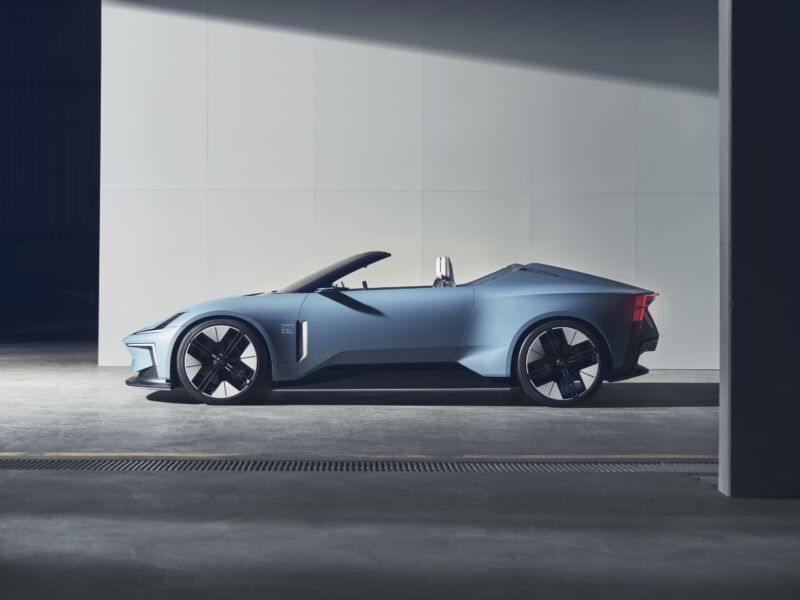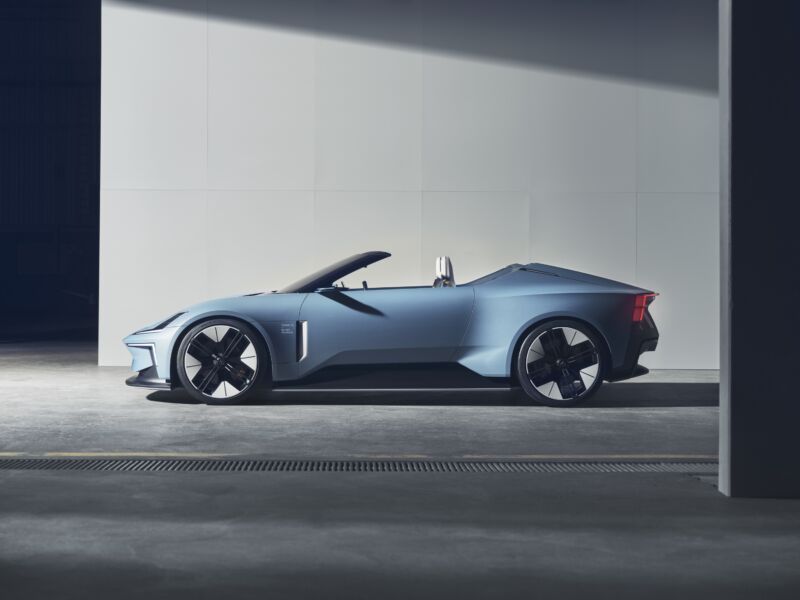
For all the talk about the maturity of the electric car, it still has a ways to go before it can cover all the bases in the automotive ecosystem. While you can buy a few electric sedans, a handful of electric crossovers, and even an electric pickup truck, there are plenty of automotive niches yet to be blessed with batteries.
For example, there are no electric minivans, although Volkswagen’s ID.Buzz will check that box when it goes on sale next year. Electric convertibles are equally elusive. The EV that proved you could combine a bunch of laptop cells to power a car was the original Tesla Roadster, but it went out of production almost a decade ago.
It makes sense—the convertible market is a small one, and as startups and established automakers build out their battery-electric product portfolios, they’re starting with models that will sell in volume and make them some money. But that hasn’t stopped Polestar from imagining what its droptop might be with a stunning new concept car called the O2.
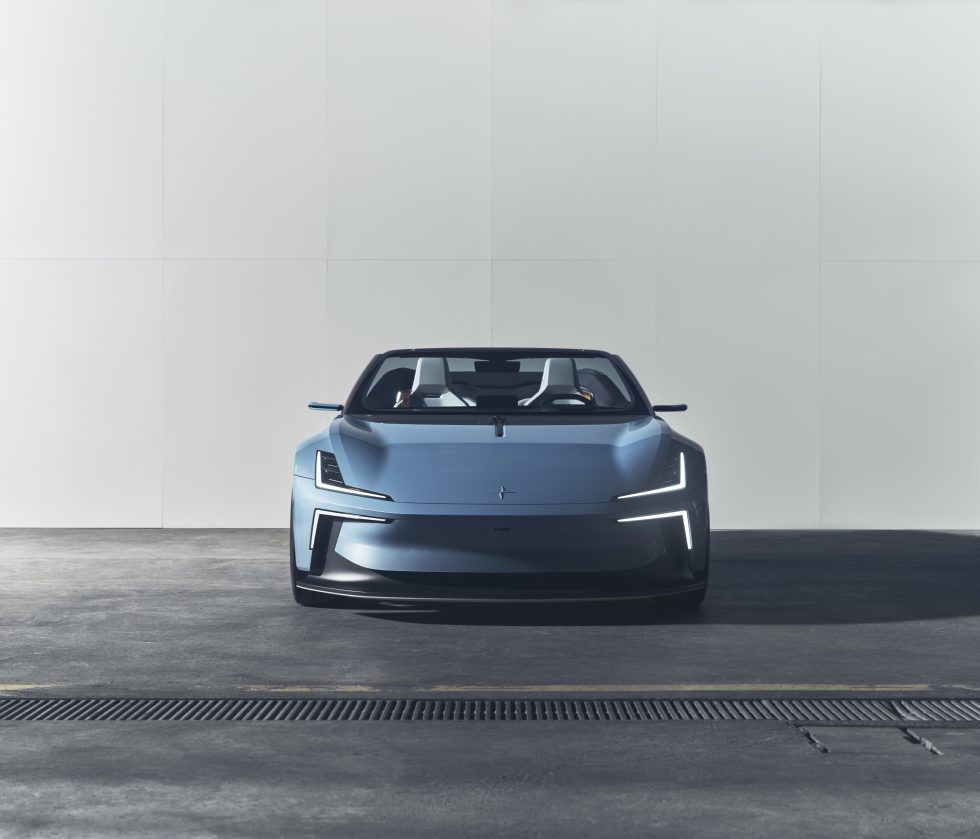
“Polestar O2 is the hero car for our brand,” said Polestar CEO Thomas Ingenlath. “It opens the door to our secret chamber of future potential. This is a taste of what we can design and engineer with the talent and technology we have in-house. It looks incredible, and being able to lower the roof and not hear an engine promises a superb sensation.”
The design of the O2 is closely related to that of the Precept, a sleek four-door EV that Polestar built in 2020. There are angular scallops below the door(s) and a similarly muscular attitude toward the cars’ wheel arches. Head-on, the vehicles are even more alike, with the same interpretation of the “Thor’s hammer” headlights. Some of those shapes are there for more than just aesthetics—ducts channel air around and over the wheels and the sides, and the rear lights also double as drag-reducing air blades.
“This car is a meeting point between technology and art, between precision and sculpture, with a determined but not aggressive stance,” said Maximilian Missoni, Polestar’s head designer.
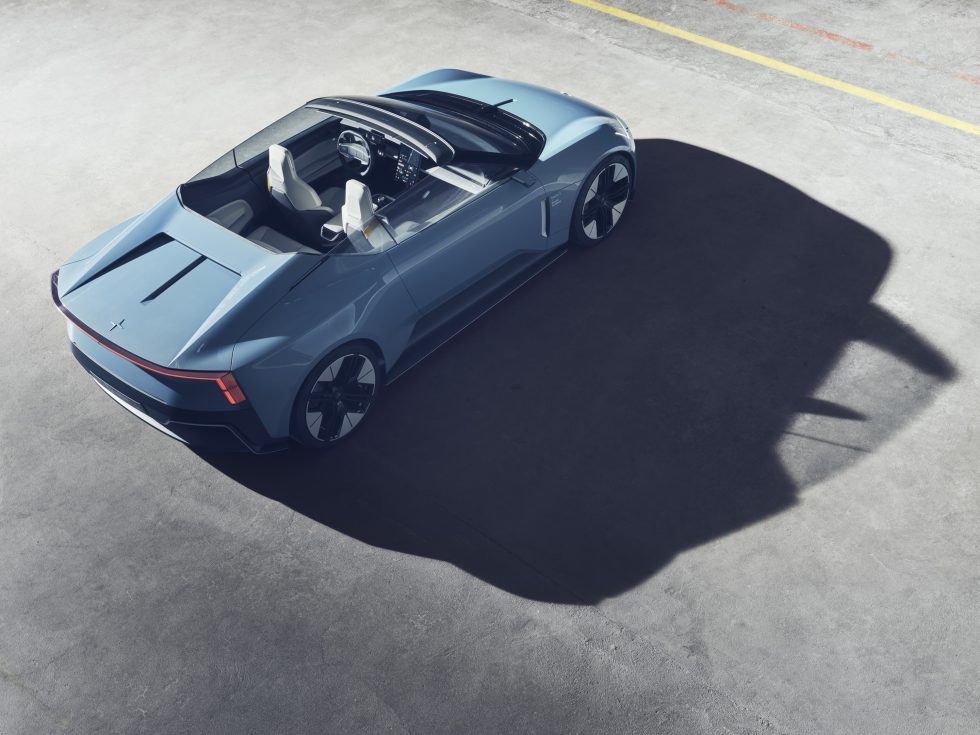
The O2‘s chassis is derived from that of the Polestar 5, a new flagship four-door due to arrive in 2024. That means it uses the same bonded aluminum construction, which should guarantee a very rigid body—a great benefit to a car’s dynamics.
One interesting industry trend has been a much greater acceptance of recycled or post-consumer materials, and the O2 follows this trend. All the soft components in the interior are made from recycled polyester in a variety of different forms: foam, adhesive, 3D-knit fibers, and non-woven laminates. That’s good for weight saving and keeps waste low, and it also means the interior is far more easily recycled.
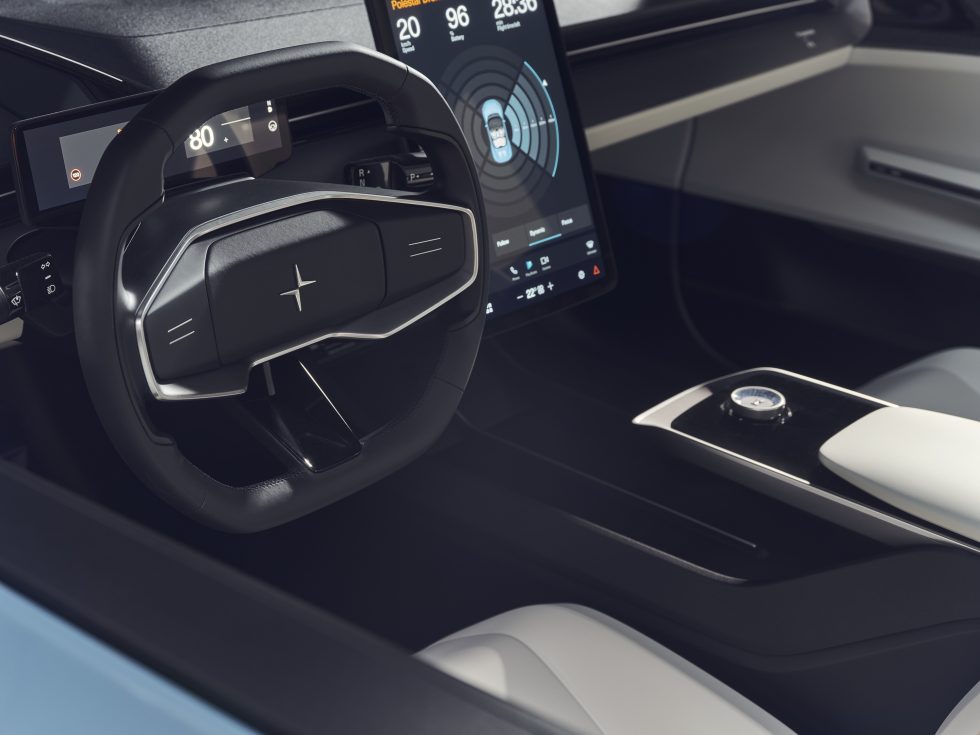
Even the different grades of aluminum used in the car’s construction are labeled for easier recycling, so high-grade metal can stay high-grade and so on.
There’s a bit of whimsy at play as well. The O2 has a small autonomous drone that can fly around and film you as you drive, an idea we first saw on Rinspeed’s Ʃtos concept from 2015.
For now, there’s no word on whether the O2 will morph into a real production model. Polestar’s next cars are the Polestar 3, an electric performance SUV that will be released later this year, and the Polestar 4, a smaller electric SUV coupe that arrives in 2023. The Polestar 5 is slated for 2024, so perhaps we’ll see a Polestar 6 roadster in 2025.
